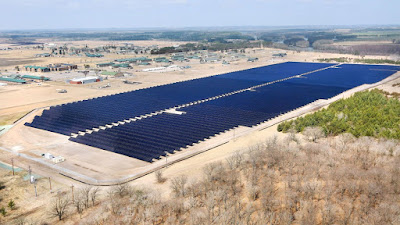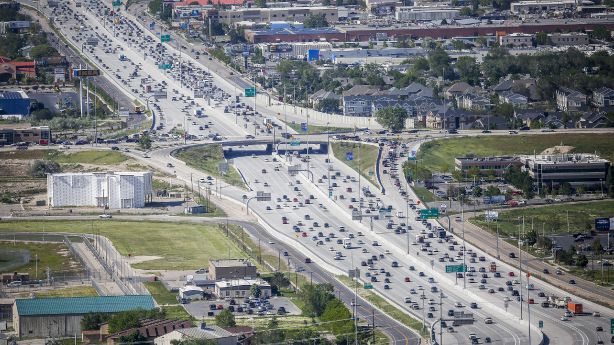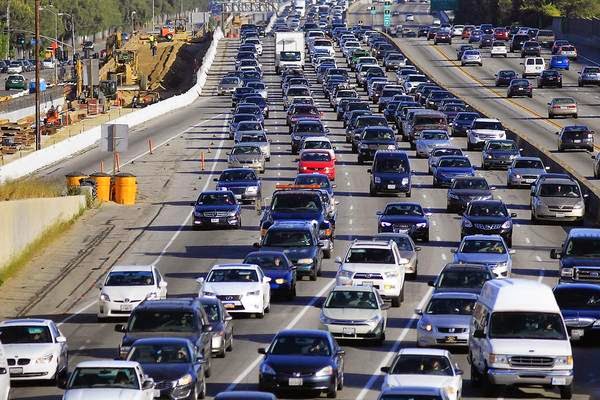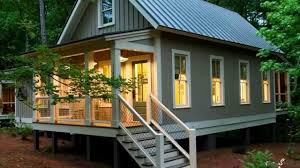Grid Batteries Are Poised to Become Cheaper Than Natural-Gas Plants in Minnesota

A 60-acre solar farm in Camp Ripley, a National Guard base in Minnesota. by Michael Reilly July 12, 2017 When it comes to renewable energy, Minnesota isn’t typically a headline-grabber: in 2016 it got about 18 percent of its energy from wind, good enough to rank in the top 10 states. But it’s just 28th in terms of installed solar capacity, and its relatively small size means projects within its borders rarely garner the attention that giants like California and Texas routinely get. A new report on the future of energy in the state should turn some heads (PDF). According to the University of Minnesota’s Energy Transition Lab, starting in 2019 and for the foreseeable future, the overall cost of building grid-scale storage there will be less than that of building natural-gas plants to meet future energy demand. Minnesota currently gets about 21 percent of its energy from renewables. That’s not bad, but current plans also call for bringing an additional






